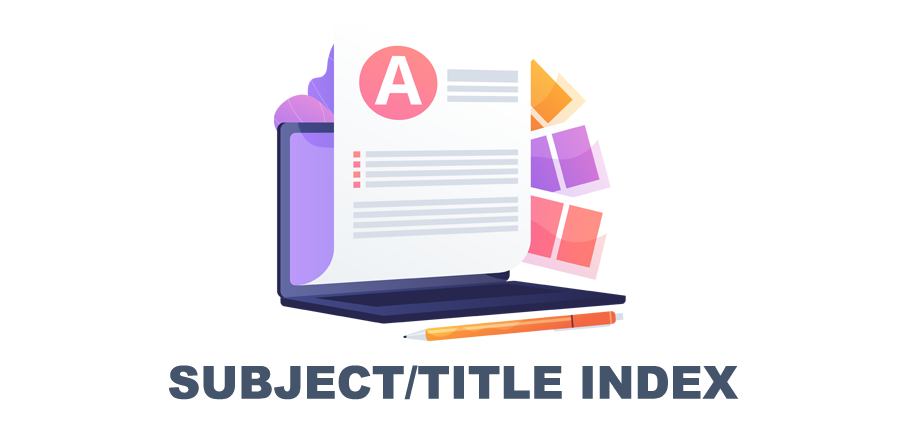Penggunaan Metode Simulasi untuk Meningkatkan Hasil Belajar dan Keaktifan Siswa Mata Pelajaran Fiqih Materi Ketentuan Islam Tentang Peradilan dan Hikmahnya Kelas X di MAN I Pasuruan Tahun Pelajaran 2017-2018
DOI:
https://doi.org/10.32616/pgr.v3.2.202.79-88Keywords:
Simullation, Learning Outcomes, regarding justiceAbstract
This paper is about the application of the simullation method to improve student learning outcomes about Islamic provisions regarding justice and wisdom on Fiqih class X MAN 1 Pasuruan. This learning improvement is done because it is considered necessary to overcome the problems that arise in the learning process. The purpose of this study is to improve student learning outcomes of Fiqih subjects about Islamic provisions regarding justice and wisdom through the use of the simullation method. This study uses Classroom Action Research that starts from planning, action, observation, and reflection. The subjects of the study were tenth grade students at MAN 1 Pasuruan. Sources of data obtained from students and teachers during learning. Data collection tools in the form of observation, test results, data instruments are observation sheets and test sheets. Based on the results of research that has been described that an increase in student learning outcomes and activeness in each cycle, starting from cycle one to the second cycle. so that it can be concluded if the simulation method can improve student learning outcomes and activeness of the provisions of Islamic material about justice and wisdom, fiqh subjects in class X MAN 1 Pasuruan
Downloads
Downloads
Published
Issue
Section
License
Copyright (c) 2019 Muhammad Andi Isya'

This work is licensed under a Creative Commons Attribution 4.0 International License.







